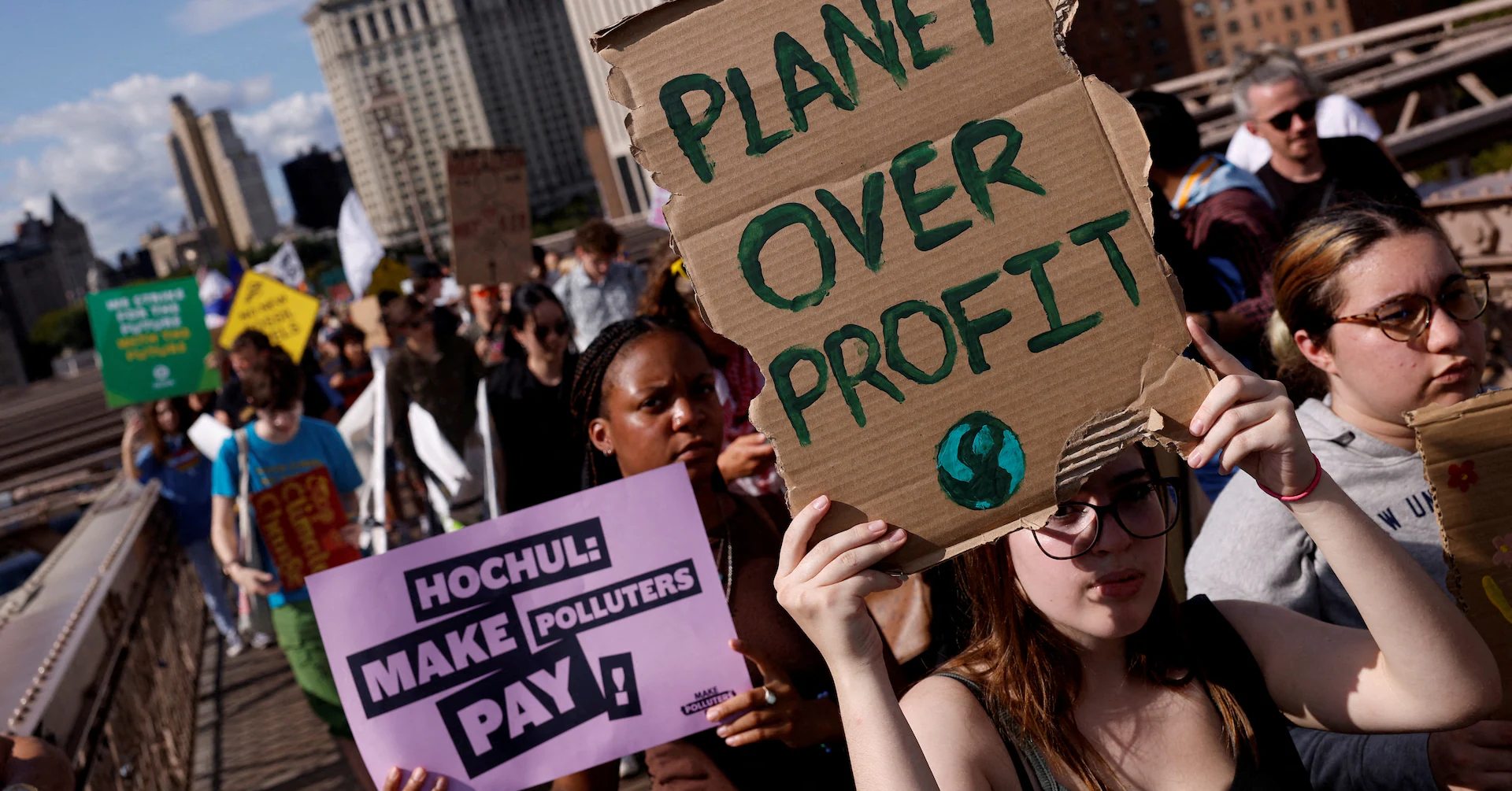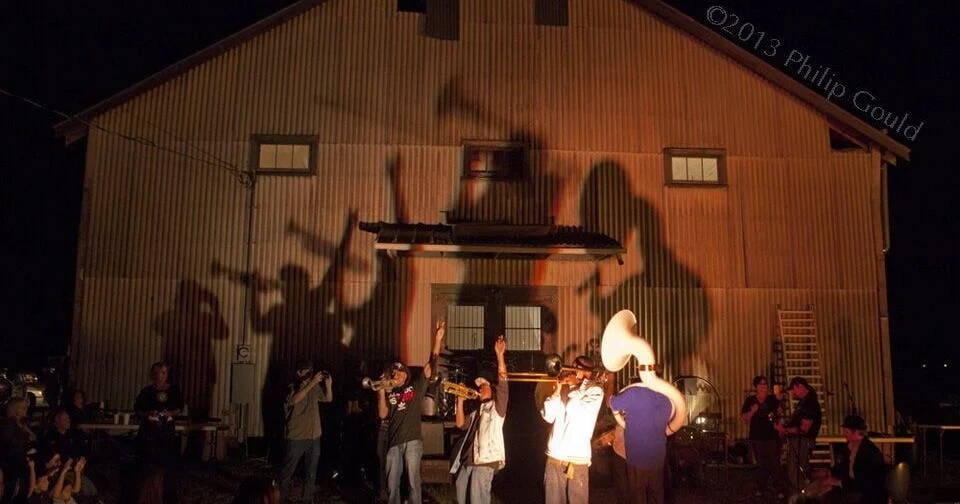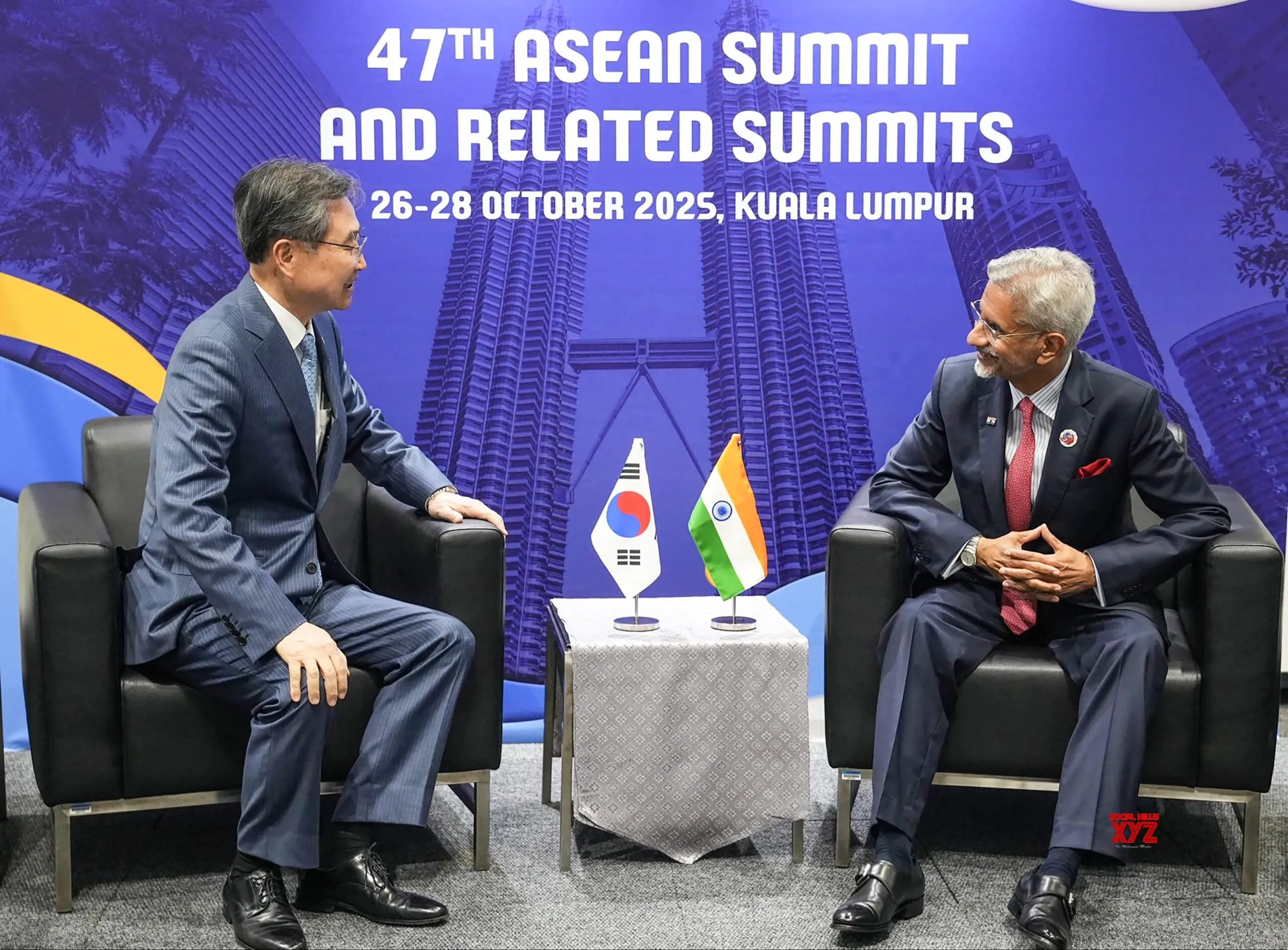Copyright The New York Times

Robert F. Kennedy Jr., President Trump’s health secretary, has long cited the forms of radiation emitted by cellphones, power lines and home appliances as a probable cause of “many of today’s chronic diseases,” including brain cancer. His Make America Healthy Again campaign has called on federal agencies to assess whether safety rules on these everyday radiations should be tightened. Mr. Kennedy may preside over the nation’s public health policies, but other parts of the Trump administration want to loosen federal restrictions on another type of radiation that is notorious for its powers to sicken and kill. President Trump has backed both agendas. He supports Mr. Kennedy while also backing moves to ease regulations on the nuclear industry, which the administration seeks to revive after decades of decline. It wants power reactors big and small to electrify his MAGA vision of spurring American industry to greater success. In a contest of MAGA versus MAHA, of lobbyists versus populists, it seems possible that Mr. Trump’s deregulatory push may prevail. That said, specialists in radiation regulation have doubts given the tangled intricacies of the field’s science and the history of false starts in the rewriting of its complicated safety rules. Kathryn A. Higley, president of the National Council on Radiation Protection and Measurements, which has long advised federal agencies, described the Trump inconsistencies as a scientific challenge. “Like everybody else,” she said, “we’re trying to learn how to navigate in this new environment and retain our integrity.” Although disparities in federal regulations are nothing new, the administrative bodies that protect Americans from radiation turn out to be riddled with conflicting standards. Exposure rules vary not only among agencies and states, but also occupations and social groups, such as minors and pregnant women. Rule conflicts, Michael Lewandowski, president of the Health Physics Society, recently told nuclear regulators, “create public confusion and concern.” “The current scientific consensus is well founded,” said Christopher M. Collins, a professor of radiology at New York University who studies the impact of radiation on the human body. As for the Trump proposals, he added, “I’d like to think that cooler heads will eventually prevail.” Frank N. von Hippel, a nuclear physicist at Princeton University who advised the Clinton White House, traced the new conflicts to the administration’s attacks on scientific advice. For more than a century, it informed not only the White House but regulatory bodies that sought to minimize risks and inconsistencies. Mr. Trump’s approach is “taking us back to the dark ages before there was knowledge-based regulation,” he said. “It’s threatening our future.” The White House, asked for comment, deferred to a statement from the Department of Health and Human Services, which Mr. Kennedy oversees. A spokeswoman from that department said nothing about the rule conflicts, or their fate, and stated instead that the department “is planning a study of electromagnetic radiation and health research to identify gaps in knowledge.” The strong type can cause vomiting, cancer and death over the course of days, weeks or months. The weak type — emitted from cellphones, power lines and microwave ovens, its waves roughly a billion times less powerful — can heat the skin or damage the eye. The strong type of radiation can deeply penetrate the human body. Called ionizing, it is dangerous because it can produce an ion — a positively charged atom or molecule — that binds to such negatively charged molecules as DNA, the code of life. The resulting chaos can lead to cancers of the breast, colon and thyroid gland. Dr. von Hippel of Princeton, who has written widely on radiation safety, said the nuclear industry wants fewer restrictions so it can site reactors closer to cities and shrink the size of emergency evacuation zones. The Trump administration is now promoting a new generation of small reactors it sees as powering A.I. data centers, military bases, industrial sites and remote communities. In July, the Nuclear Regulatory Commission held a public meeting on Mr. Trump’s proposed rule abatement. Under discussion was a longstanding tenet of the nuclear status quo — that any amount of radiation exposure, no matter how small, carries a cancer risk. Edwin Lyman, a nuclear power expert at the Union of Concerned Scientists who participated, said most speakers “were defending the status quo.” While experts see the health risks of weak radiation as comparatively small or nonexistent, critics a decade ago began attacking its implementation in 5G, a new generation of cell network. They called 5G inherently dangerous to humans, especially children. Undeterred, the Trump administration in 2017 and 2018 sped its deployment. “5G is a big deal,” Mr. Trump told reporters in 2019. Mr. Trump’s Federal Communications Commission studied 5G’s alleged dangers and in 2020 publicly declared the new technology to be completely safe. Overall, the Trump push led to the building nationwide of hundreds of thousands of 5G towers and antennas. In turn, Mr. Kennedy, then chairman of Children’s Health Defense, began what he called “our national battle to derail Big Telecom’s craven scheme to irradiate our children.” In June 2023, as a presidential candidate, he declared that 5G was linked to an epidemic of malignant brain tumors. The next year, Mr. Kennedy spoke at length on “The Joe Rogan Experience” about what he called “the horrendous danger” of Wi-Fi routers. A few months later, the World Health Organization reported finding no links among cellphones or Wi-Fi and heightened risks of brain cancer. This year, Mr. Kennedy got off to a fast start as chairman of Mr. Trump’s Make America Healthy Again Commission. In May, his initial MAHA report cited “cellphones, Wi-Fi routers, cell towers, and wearables” as potential culprits in childhood ills. Publicly, the 5G industry kept its opinion to itself, as did a new player. The Trump Organization, weeks after the MAHA report came out, unveiled a new wireless service known as Trump Mobile. The company said it would deliver “Exceptional 5G Coverage to Every Corner of the Country.” In September, Mr. Kennedy’s commission released a follow-up MAHA report. It was criticized as sketchy and lacking teeth. David Murphy, a finance director for Mr. Kennedy’s presidential campaign, called the report clear evidence that lobbyists “are firmly embedded in the White House.” On radiation, the follow-up report was terse. Its sole reference, like that of the health department’s spokeswoman, was to new radiation studies that could “identify gaps in knowledge.” To date, the federal agencies that set nonionizing rules have announced no plans to study the proposed rule tightening, in contrast to the July meeting of the Nuclear Regulatory Commission on rule loosening.



